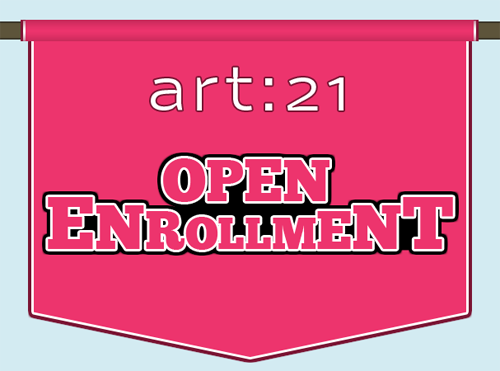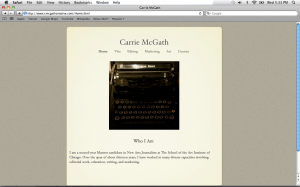While I chip away at my thesis and look toward my last semester at The School of the Art Institute of Chicago (SAIC), I have begun to think of my future, a career path in the arts, what that should be, where I should look, and if I will be able to find anything in this murky economy when most of the budget cuts are, sadly, made to the arts.
Many of my colleagues are no doubt considering these things as well — us and another million graduate students soon to be entering the reality of the world around us. I am not cynical, but I would be lying if I said I am not terrified by the prospect of re-entering the world of the working, a world that is sadly at a loss for prospects for many people, especially those of us in the arts.
For a very long time, since my days as an undergraduate, I have worked very hard in a variety of arts-related fields and capacities. My hard work was a labor of love since I was rarely paid for the work I did. This has always been okay with me because of the love of what I am doing. But there comes a time when the real world taps on my shoulder and says, “Carrie, it’s time to have a career.”
Money has never been a motivating factor for me (if it was I would not be in the arts), but it is realistic for me to also think about food, clothing, and shelter. My impetus for seeking another graduate degree was to broaden my knowledge of the art world I dearly love with the hope of attaining a career in which I may use my knowledge and talents in the arts, but also be able to survive.
What arts schools do not automatically teach in graduate school is how to go about marketing yourself in the real world where potential careers for students in the arts exist. There are resources, but they are not required — they are resources that must be sought out by individual students. I sought this out myself, hungering for a kind of how-to guide to marketing oneself.
After an eye-opening visit to SAIC’s Career Services office, I realized there was a lot I had not been doing, or had not been doing correctly. This is a great resource, if it is sought out by students, but obviously if it isn’t, it is missed. The career advisor I spoke with said that most of the students either never came to their office, or came in the month before their graduation which was usually way too late since marketing yourself, I have learned, is a process.
It is obvious for visual artists to have a web presence, a site the shows their work, lists their exhibitions, education and press, but what about an art writer? What about someone with a diverse background in the arts? What are we to do? I learned quickly that a web presence is significant for us non-studio art workers as well, especially those with diverse backgrounds.
My educational background will be three higher education degrees in May of 2011, but in addition to this, I am a poet and an artist. I worked as a librarian for six years, and have been an art writer and a teaching assistant at two colleges. My professional site therefore links to my art writing with pages dedicated to my editorial experience and other pertinent information a potential employer would desire to know.
A graduate, particularly in the arts, must have a web presence in order to be competitive. It is goes beyond resumes and curriculum vitae on paper, and it goes into the realm of the electronic and, more importantly, the virtual and the instantaneous.
My advice to the sighs from those who are reading this is to think of this professional website as an extension of one’s creativity, something a potential employer or collector would desire to see anyway. Just make sure everything you want a potential employer to know is a mere click away.






Pingback: Open Enrollment | Job Hunting and Evaluating on the Heels of Graduation | Art21 Blog